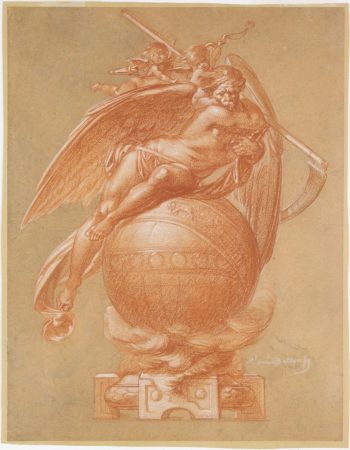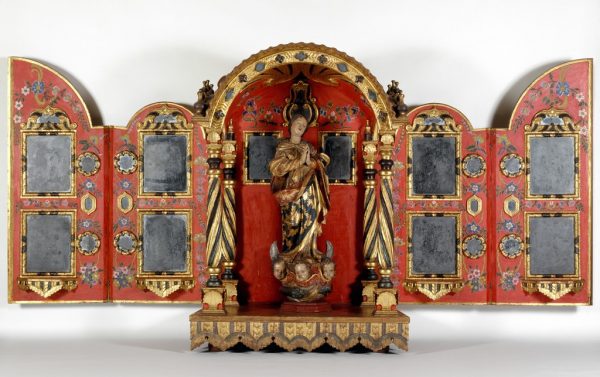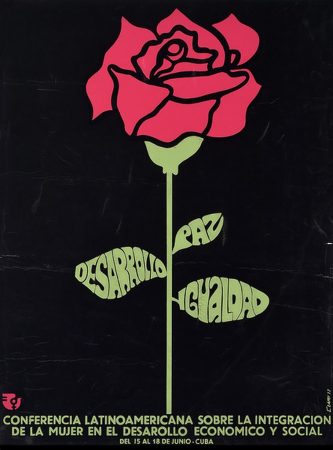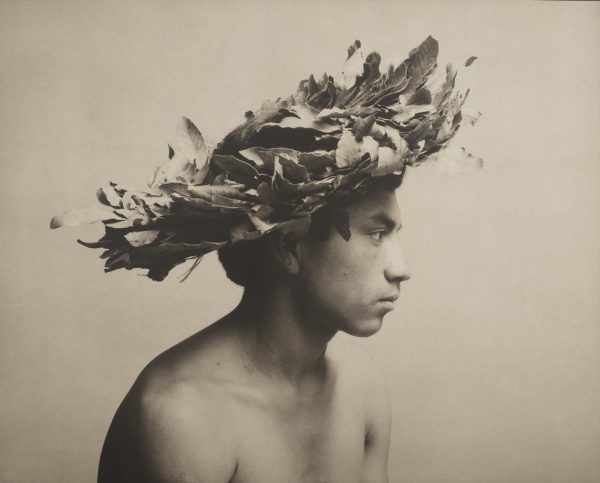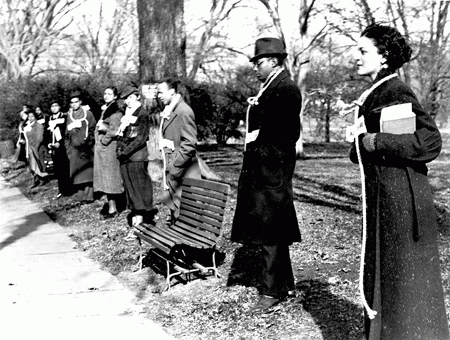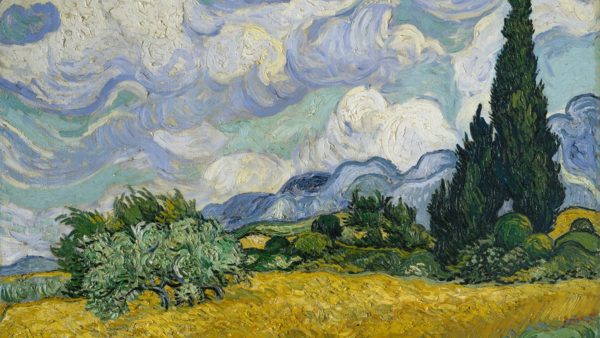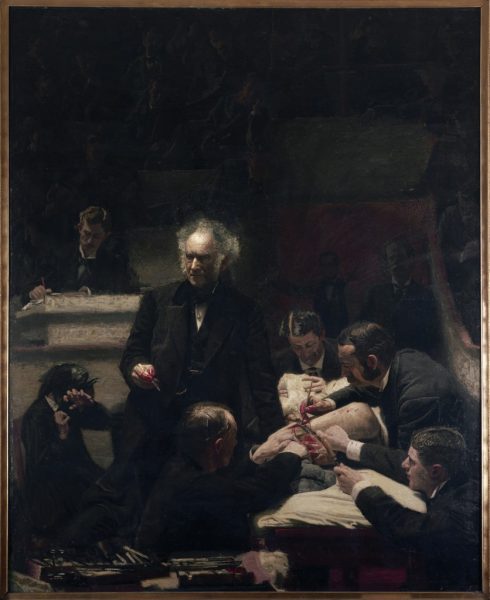Art Historian Magda Salvesen, author of Artists’ Estates: Reputations in Trust, writes about the emotional aspect of her work as the curator of the estate of her husband, the American painter Jon Schueler.
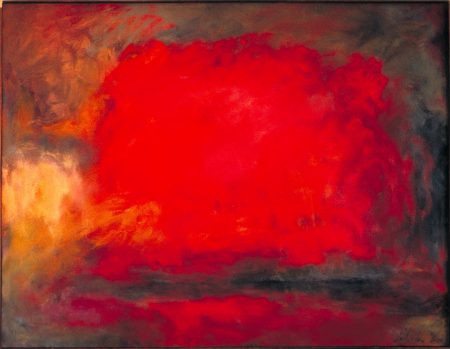
Jon Schueler. Next Summer. 1966. Oil on canvas. Image and data from the Jon Schueler Estate.
“Art must take reality by surprise,” the writer Françoise Sagan said in a 1965 interview. With the arrival of Covid-19, however, I have frequently found myself considering the reversal of these terms.
The sudden closure of a Jon Schueler exhibition in March 2020, two postponements of other shows, the absence of studio visits by potential clients or gallery reps, and the inability of my assistants to return any time soon ironically created what I had long desired: open time, month after month, to work on the Jon Schueler Archive.
